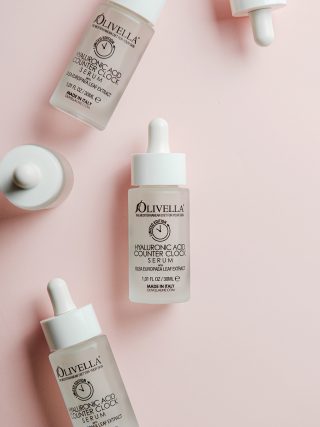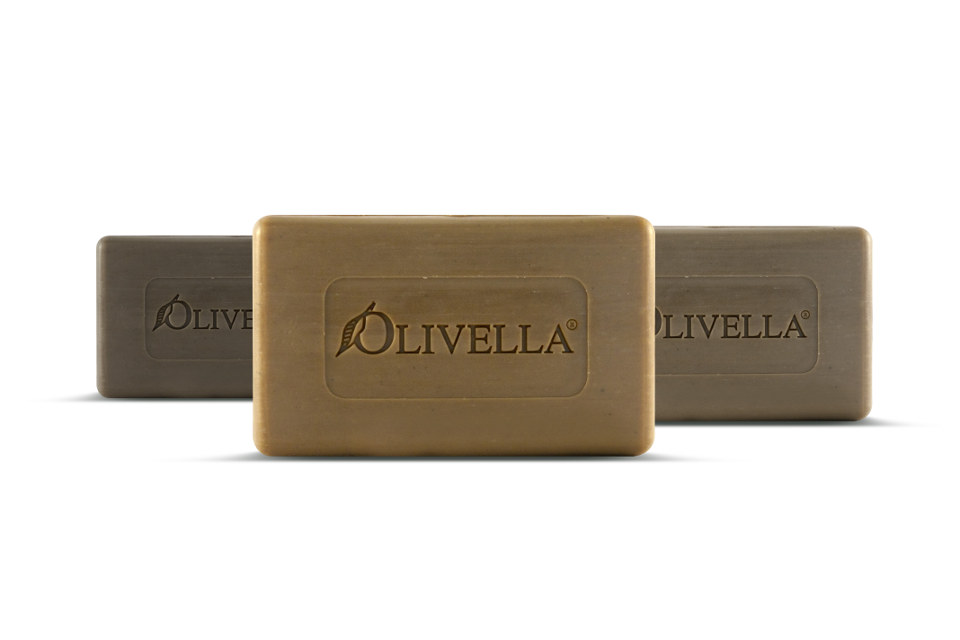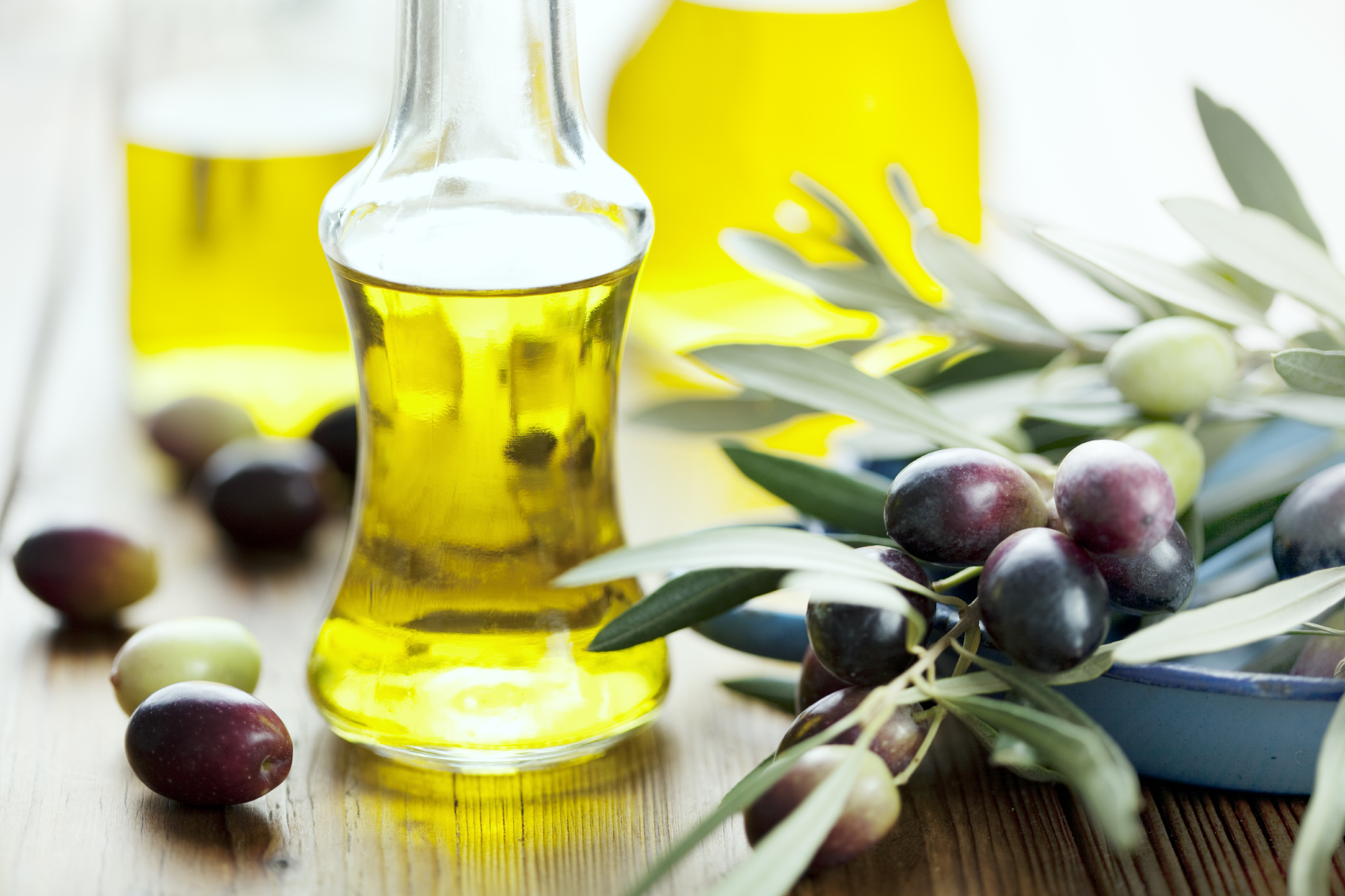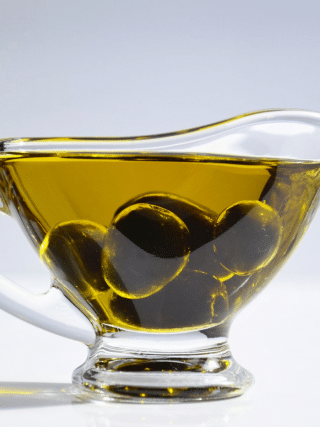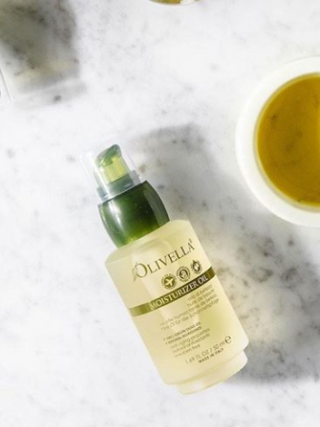Olive oil is liquid goal. It is truly rich in not only its composition but also in the benefits it provides.
In addition to oleic acid, olive oil contains approximately 15% linoleic acid, 15% palmitic acid and 2% stearic acid. Olive oil also possesses an unsaponifiable fraction ranging from 1 – 2% which provides a significant concentration of the following active antioxidant ingredients:
Phenolic Compounds
Olive oil is a source of at least 30 phenolic compounds. The major phenolic compounds in olive oil are oleuropein, hydroxytyrosol and tyrosol.
Chlorophyll
The chlorophyll content decreases as the fruit matures and olives are invariably pressed with some leaves still present so some of the chlorophyll comes from that source.
Vitamin E and K
Olive oil is very high in monounsaturated fats and contains a modest amount of vitamins E and K
Phytosterols
With restorative and anti-inflammatory action and squalene, it is one of the main components of the surface of the skin.

Once purchased, the oil should be stored in stainless steel or in dark glass bottles, protected from light and heat, to prevent the degradation process which would lead to the formation of fat oxidation products, with rancidity and deterioration of its quality.
Beyond being a whole food, olive oil doesn’t just nourish the inside of your body but also takes care of the outside. It’s an ideal skincare element that has been used for centuries. For every skin type, olive oil provides the building block for successful skincare regimens.
The benefits to the skin are numerous, here are a few:
Moisturizing effects
Antioxidant effects
Prevents premature signs of aging on the skin
Olive oil contains the fat-soluble vitamins A, D, E, and K
Anti-bacterial effects
There are substantial differences between a soap made with olive oil compared to other soaps made with animal fats.
SODIUM OLIVATE is the sodium salt of the fatty acid of olive oil and is derived from the saponification of olive oil. Compared to OTHER SOAPS OBTAINED FROM GREASES OF DIFFERENT ORIGIN Olivella has some remarkable differences:
1. In the quality and quantity of long chain saturated and unsaturated fatty acids typical of the composition of olive oil, which are very similar to the lipids of our cells.
2. The quality and quantity of the natural vegetable glycerin that remains intact within the mixture of salts and has natural dermo-protective function.
Therefore, all the components of olive oil which promote health for the body do the same for the health of the skin.



